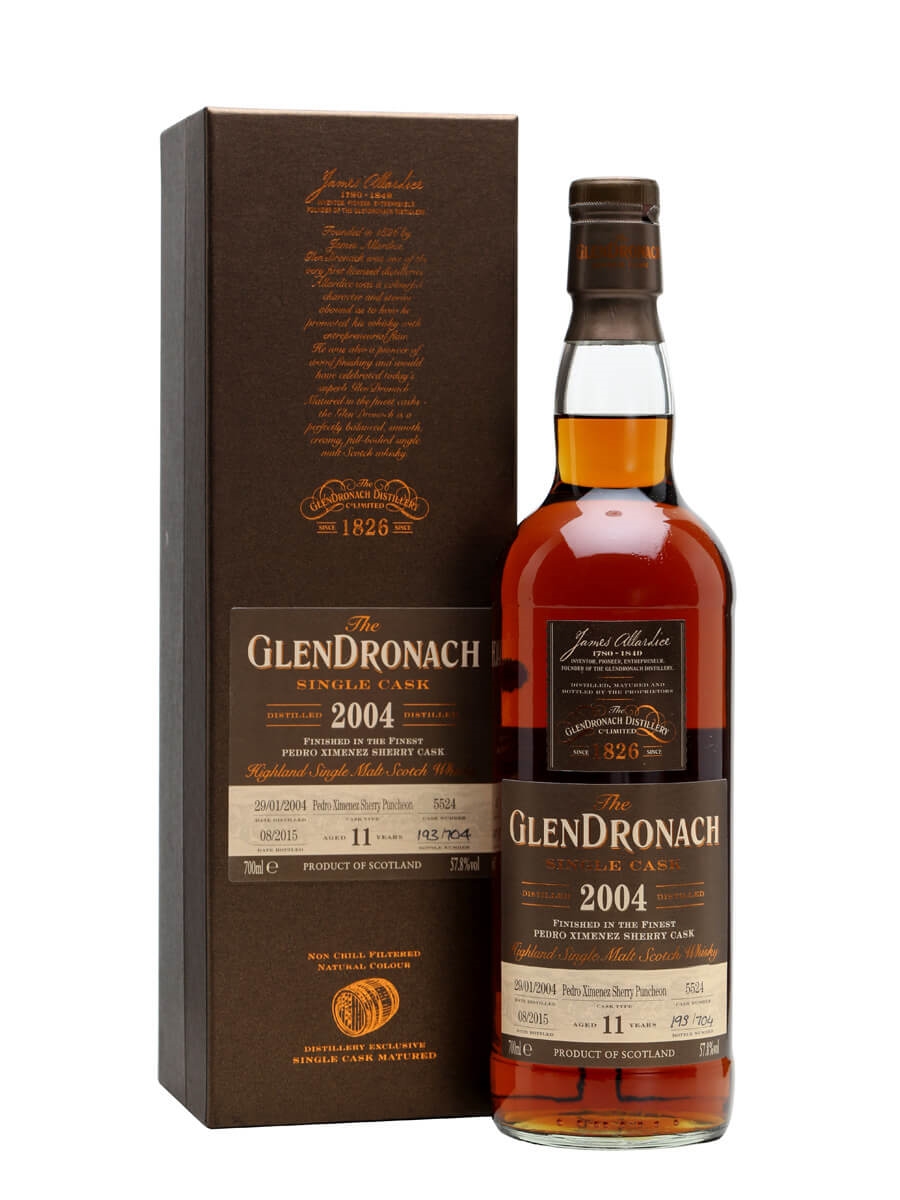This one has been on my wish list for quite some time, and it's exceedingly rare: only 6000 bottles were ever released, and since they were bottled over 5 years ago, it's now basically unobtainable. Ileach is the Gaelic term for a native of Islay, Scotland, and the name 'Ileach Edition' was a nod to John Campbell being the first Ileach to manage Laphroaig Distillery in its history. John actually became the distillery manager in 2006, and the Cairdeas releases started in 2008, so I'm not sure about the timing of the name, maybe it was the first release that John selected personally? Anyway, let's not over-think this!
The Cairdeas' are the annual special bottlings released to mark the occasion of the week-long Islay festival Feis Ile, which takes place in May of each year. The word 'Cairdeas' (pronounced "car-chiss") is Gaelic for 'Friendship', which is a tribute to the very successful Friends of Laphroaig enthusiast community / loyalty program. The early Cairdeas releases were quite different to the more recent versions, with the exception of the beautiful 2015 200th anniversary bottling, in that there were no cask finishings involved. The first few Cairdeas releases were pre & simple Laphroaigs of various ages, and the releases were considerably smaller in size than they are today, which makes them very hard to track down and of course very expensive on the secondary market. So far the only one of these older releases I've tried was the amazing 12-year old bottling from 2009 which John himself bought with him on his Australian tour, and opened during my interview with him. What a night that was!
The 2011 release I'm reviewing today, thanks to a sample from another generous anonymous benefactor, is an 8-year old Laphroaig aged in first-fill ex-Maker's Mark bourbon casks, matured in traditional dunnage warehouses, and bottled at 50.5%, which is quite low for the age, so I'm not entirely sure if that was cask strength. From 2012 onwards the Cairdeas releases have not been bottled at their natural cask strength, since the ABV's reflect the year of bottling i.e. 51.2% for the 2012, 51.3% for the 2013, 51.4% for the 2014, 51.5% for the 2015, and 51.6% for the 2016. However I believe all Cairdeas releases have been non-chill filtered and naturally coloured, which is good news. Being only 8 years of age, this 2011 'Ileach Edition' is likely to be slightly more peaty than your average Laphroaig, especially considering that 8 year old whisky is what the distillery often adds to some of its NAS bottlings for more peaty power. Let's find out, shall we?
Laphroaig Cairdeas Ileach Edition 2011, NAS, 50.5%. Islay, Scotland.
Dunnage warehouse matured in first-fill ex-bourbon casks from Maker's Mark for around 8 years. Natural colour, likely non-chill filtered.
Colour: Pale gold.
Nose: Well hello there! Surprisingly complex and refined for its age. Herbal and sweet, with soft, dry herbal peat, aniseed, and a dried fruit (raspberry and apricot especially, and maybe some peach) & floral sweetness - almost like a pot-pourri. Some dried sea shells and wet sand, and even a hint of machine oil.
Texture: Light-medium weight, warming. No roughness or spirit-y heat at all.
Taste: Sweet & surprisingly light initially, then a drying, ashy, peaty punch. A burst of white pepper & dry wood spices alongside. A little magic marker & more aniseed.
Finish: Medium-long length, and quite soft with a milder version of that ashy peat the whole way through, more herbal and earthy now as well, and intermingled with that dried fruit & floral sweetness.
Score: 4 out of 5.
Notes: Not at all what I expected from a young Laphroaig at a higher strength - so light, approachable and expressive! Plenty of complexity and refinement as well, particularly on the nose. Just a lovely friendly whisky with that fruity & floral sweetness - the surprising & unexpected lighter side of Laphroaig. Which proves that age is definitely not everything, and also that this is just a bloody fantastic distillery! What a fitting way to round out the year.
So how does it compare to other Cairdeas releases? Like all of them it's totally different to the rest, and it's beautiful in its own right. Personally I'd go for the 2009, 2015 and maybe 2014 releases over this one, just based on my own personal tastes, so that's doesn't take anything away from the Ileach Edition by any means. Now I just need to get my hands on a dram of the 2008 and 2010 Cairdeas' to complete my Cairdeas journey. They're possibly the rarest of the lot, with even fewer bottles released, and even higher collect-ability. Oh and the 2013 Port wood release too, which never made it to Australia at all. I'm sure they'll all be really easy to find... not!
Cheers!














